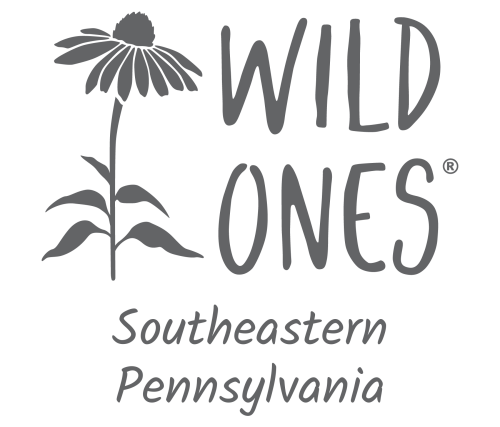- Thought of the Month: Spring ephemerals are the first non-woody plants to emerge as the ground wakes up from winter. They take advantage of the sunlight that hits the ground before trees and shrubs leaf out. By summer, many of these plants will have lost their leaves and disappeared underground to await next spring’s sunlight and cool soil. Spring ephemerals are important providers of pollen for early-emerging insects. We might think of daffodils and crocus as spring-flowering plants, but they’re not native to North America. Native spring ephemerals include Dutchman’s breeches, Virginia bluebell, and mayapple. These plants poke right through the layer of leaves on the ground, which is important because many insects overwinter in or under fallen leaves and plant stems. If you must remove plant stems and leaves in the fall, place them in a pile in your yard where they won’t be disturbed, to allow the insects to overwinter and emerge in the spring.
- Recorded Presentation by Doug Tallamy from the Bowman’s Hill Wildflower Preserve 2021 Winter Lecture Series on February 28. Recent headlines about global insect declines and 3 billion fewer birds in North America are a bleak reality check about how ineffective our current landscape designs have been at sustaining the plants and animals that sustain us. Such losses are not an option if we want to continue our current standard of living on Planet Earth. The good news is that none of this is inevitable. Doug Tallamy, the author most recently of “Nature’s Best Hope,” a New York Times Best Seller, discusses simple steps that each of us can—and must—take to reverse declining biodiversity.
Early efforts at conservation made three assumptions that turned out to be wrong:
- We assumed nature was important but not essential. Now we know that without insects, our ecosystem will not survive. Caterpillars are energy-transfer mechanisms. They dominate nestling diets in 16 of the 20 bird families common in the U.S. Without caterpillars, birds cannot survive. This is a new goal for landscaping – planting to feed caterpillars, so they can feed the birds. Most caterpillars are host plant specialists, evolving specific mechanisms to avoid the defenses mounted by one species of plant. As a result, those caterpillars can survive only on that particular species. If we don’t grow that plant, we will never see the butterflies and moths those caterpillars would have become.
- We assumed humans and nature cannot coexist. Now we know that the areas set aside for conservation aren’t large enough to sustain enough insects to maintain our ecosystem. Habitat fragments don’t work; we must integrate native plants everywhere and create viable habitat where it doesn’t exist now. It’s not the presence of nonnatives that destroys food webs, it’s the absence of native plants! Most birds forage very close to their nest sites, so relying on local parks and woodlands is not enough. Each yard needs to feed its own birds. Yards as small as one-tenth of an acre can include hundreds of native plants that will support dozens of bird species.
- We assumed we could leave stewardship of the Earth to the specialists – conservationists and ecologists – instead of relying on the actions of every person on Earth. Our choice of plants matters if we’re trying to support the food web.
Here are four steps that anyone can take, no matter how large or small your space:
- We can reduce the size of our lawn by half and replace that ecologically dead space with native plants.
- We can plant “keystone plants,” the superfoods of the insect world. These include native oak, cherry, birch, and willow, and goldenrod, aster, and perennial sunflower.
- We can turn off our lights at night. Lights kill insects by distracting them, disorienting them, exhausting them, and attracting their predators.
- We can landscape to allow insects to complete their life cycle by not removing fallen leaves and creating planting beds under trees instead of mowing and raking up leaves.
We can plant native plants and see the difference in the insects and birds that visit our yard. This approach allows each one of us to be nature’s best hope.
- Opportunities
The Pennsylvania Department of Conservation and Natural Resources has a program to assist homeowners in converting lawn to woods or meadow. If you’re ready to do your part by converting turf grass to trees or meadow, DCNR offers technical assistance throughout the state.
If you (or you and your neighbors collectively) have more than a quarter acre of lawn, you might also be eligible for funding that can pay for some or all of the costs of tree planting and meadow establishment, from planning to planting to maintenance. Find out more here:
View the recording of the meeting on our Youtube channel here: https://youtu.be/gOBvzxXKxnoVisit our Facebook page for updates on planting natives in southeastern PA: https://www.facebook.com/wildonesofsepa/?view_public_for=106838944673361
